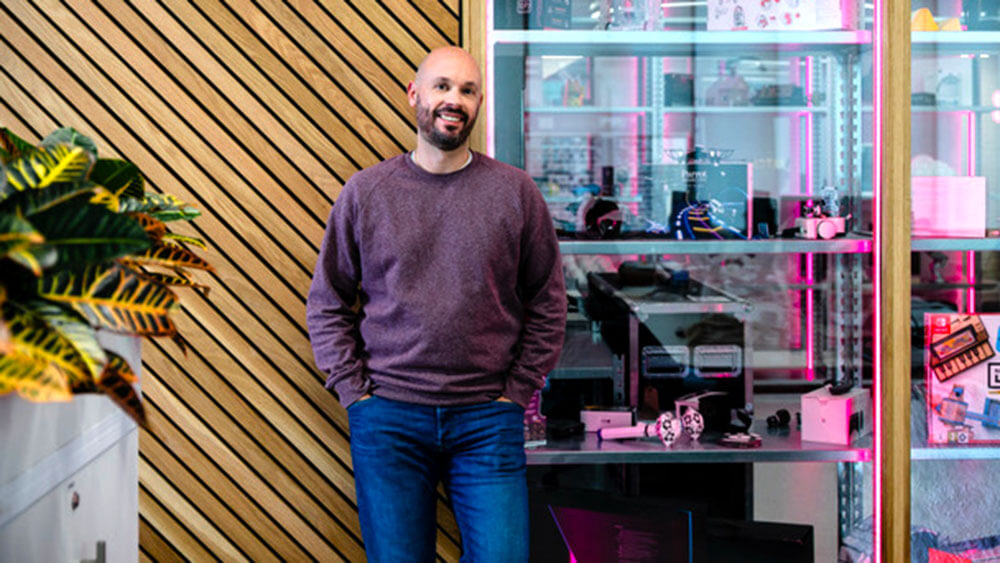
Nick Riggall of George P. Johnson Experience Marketing says planners can best embrace the digital age by zeroing in on where tech enhances human interactions.
Rapid tech convergence around artificial intelligence (AI), the cloud, 5G, and extended reality has led to unprecedented acceleration in people’s ability to test and scale experiences, tools, and platforms.
For Nick Riggall, vice president, digital strategy, at agency George P. Johnson Experience Marketing, planners can best embrace the digital age by zeroing in on that magical balance where tech enhances human interactions to deliver efficient, engaging, effective events.
“That includes the likes of AI to create dialogue or build sensory experiences around voice, facial expression, and human response,” he said. “Whatever the experience, be clear and transparent with people — communicate the value of how tech helps deliver effective engagement and customer service or measurement and evaluation to track ROI.”

Scott Cullather
One form of AI — voice technologies — can add a human element to events as it enables attendees to ask questions of their smartphones, wearables, or other “internet of things” devices and receive accurate, real-time responses.
“For maximum effectiveness, it’s important these technologies form part of a brand’s wider marketing strategy and stay true to its messaging,” said Scott Cullather, CEO at INVNT. “Consider the tone of voice that best reflects your brand, for example, or whether it’s worth enlisting an influencer or celebrity to take on your ‘voice.’”
These technologies must also operate in a relevant, contextual way. For example, if an attendee asks the tech where the food stations are, it must be able to direct him or her to the station that is closest geographically.
Digital tools such as social media can also help empower attendees, as they are able to share what they physically see with their virtual networks, so much so that they become “citizen journalists,” documenting thoughts and opinions in real time.
Virtual reality and augmented reality “can be used to showcase an object or experience which might not be possible within the confines of an event space, while second-screen technology enables audiences to use their smartphones to engage in live polling, ask questions, and provide feedback on an event’s content programme in real time,” Cullather said.
Gathering attendees’ personal preferences and interests at the pre-registration stage can also help meeting planners to personalise agendas for each participant, providing them with a more meaningful live experience. Creating spaces where, for example, Instagram moments can be captured, can also create a real buzz and valuable social networking areas.

Barbara Calderwood
“Providing dedicated social media channels to capture and enrich live event storytelling helps to build a strong and like-minded community following,” said Barbara Calderwood, divisional director associations at MCI UK.
Google and social media analytics can also provide useful insights into audiences, from demographics to psychographics, allowing events professionals to personalise online and live experiences.
“Develop sociable interactions at the heart of your meeting’s design thinking (and) accept that your audience needs to access their phones, they need to stay connected during your event,” Calderwood added. “Find routes to engage with them via their devices. Whether it is through bespoke event app adoption or creating online communities, technology should enhance the experience and allow for frictionless communication, networking, and sharing of information.”
